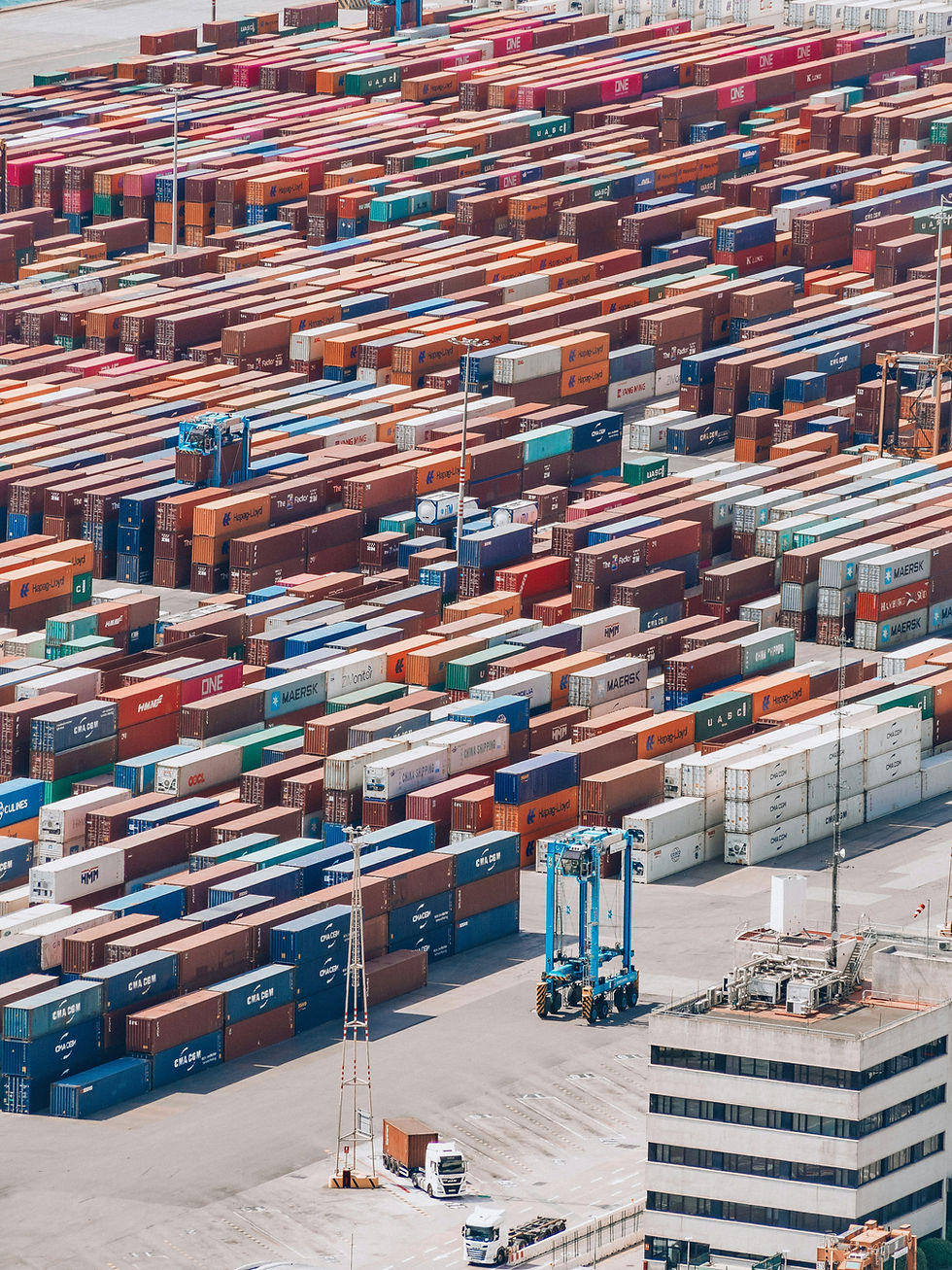Can Lula’s gold rush go the distance?
- Raise and Deploy Team

- Oct 25, 2023
- 4 min read
Updated: Oct 31, 2023

In his first two terms in office, Lula da Silva performed something close to an economic magic trick. Growth rose from 1.9% to 5.2%, and Brazil's trade surplus increased from $13.1 billion to $33.3 billion. In his third, he’s attempting a similar feat, but will the market let him?
Since taking office at the start of the year, he’s made a positive start. GDP growth was projected at around 3% for 2023, according to the IMF. Now, with strong performance from incumbent local industries and emerging sectors, economic performance has beaten predictions at the start of the year, with IBC-Br economic activity index adjusted growth of 0.44% in July from June, surpassing the median forecast of a 0.3% expansion.
True to his left-wing bonafides, this vigorous performance has driven public spending from the bullish administration as they seek to expand the benefits of growth to not only the wider population, but also the environment (a departure from the policy of Jair Bolsonaro). However, with a stated goal of achieving a zero deficit next year, dominos will have to fall favorably to keep Lula’s train on the tracks.
Real-politik
“The valuation of the Brazilian Real remains attractive, as the market is relatively cheap, driven in part by its undervalued currency, which appreciated towards 5.07 per USD in 2023.” explains Matheus Zani, Deaglo Head of FX Risk Management.
“We’ve seen this as a trend across the region but Brazil has been more aggressive in making economic development and, crucially, instilling confidence in foreign investors, whose buy-in remains crucial.”
A key example is fiscal policy: the central bank has been more aggressive than its peers, raising interest rates by 50 basis points in August and signaling their willingness to stick to potentially bitter-medicine to tame inflation. So far, this seems to be working, with inflation undershooting expectations.
However, there is a risk of going too far. Investors believe Brazil could reach a Selic rate between 8-9% in 2024, while other, more conservative investors estimate 10%, due to fiscal risks and implications of the Federal Reserve's interest rate policy.
There is also the question of when Lula’s spending bill comes due. We’ve seen regular discussion about potential tax increases on entities such as offshore investments and investment funds,
“Investors are debating issues like capital gains tax, ICMS, investment subsidies, and other measures that could impact Brazilian companies, and impact returns. If the government cannot secure tax increases to close the BRL 16bn gap, the government may face deficits that limit potential investments in growth industries.” says Matheus.
Reinventing the economic wheel
Brazil has traditionally built its success on the pillars of energy and agriculture. However, these markets have changed significantly since the heyday of Lula’s early terms. While this year has seen record food exports, for example, prices are dipping.
The challenge for the government is to make the most of existing assets while paving a new path forward.
“Both established and emerging sectors are showing promise in Brazil, with areas such as real estate and infrastructure, as well as fossil fuels (oil and gas) and green energy, attracting significant foreign investments.” explains Matheus.
The GDP of national agribusiness is estimated to grow by 2.5% in 2023, while the gross production value in the agriculture market is also projected to reach USD 122.80 billion in 2023, with an annual growth rate of 3.32% expected through 2028.
Riding the green wave
While public energy giant Petrobras has long been a mainstay of the economy, Brazil is now looking to branch out, becoming the top destination for international renewable energy investments among developing economies, with $115 billion in projects, according to Unctad. Focus areas include green energy and solar plans, as well as wind, solar and ethanol from their local (massive) sugar cane production.
New friends for a new era
Brazil is leading the way in inbound capital flows, attracting 41% of all the foreign investment in the region, and sitting as world’s number five destination for foreign investment last year.
However, those same partners can also open the country up to risk.
Key stakeholders include Asian investors, especially from China and the Middle East, who are showing a strong appetite for the region, particularly Brazil. Whether this will last is uncertain, with China experiencing a long-brewing property crisis, volatile commodity prices, geopolitical fragmentation and inflation that have slowed the expected post-lockdown boom.
However, the Middle Eastern monarchies have expanded their investment in the country following the war in Ukraine.
“On the private side, money is flowing in through private funds, with commitments to investment securities rising significantly at funds like Saudi's PIF and Abu Dhabi's Mubadala. Meanwhile, executives at private-equity firms like TPG, KKR, and Carlyle Group have reported ongoing strong interest from the Middle East while other parts of the world experience economic setbacks.” says Matheus.
Taking a clear-eyed view
As with most stories involving Brazil’s charismatic leader, there is an element of PR to this latest gold rush, from shaking hands in China to his swing to green investment. And while his commitment to economic responsibility at home has reassured investors, transparency about the big picture will also be key.
GPs should expect hard questions from investors when it comes to putting money into Brazil – and they’ll need answers to hand, particularly when it comes to hedging against currency volatility.
“The fact is that the timelines for change in Latin America, and Brazil in particular, move quickly, which presents real challenges. For holdings over five or ten years, the options for hedging are complex and GPs have to take a more proactive approach.” says Matheus.




Comments